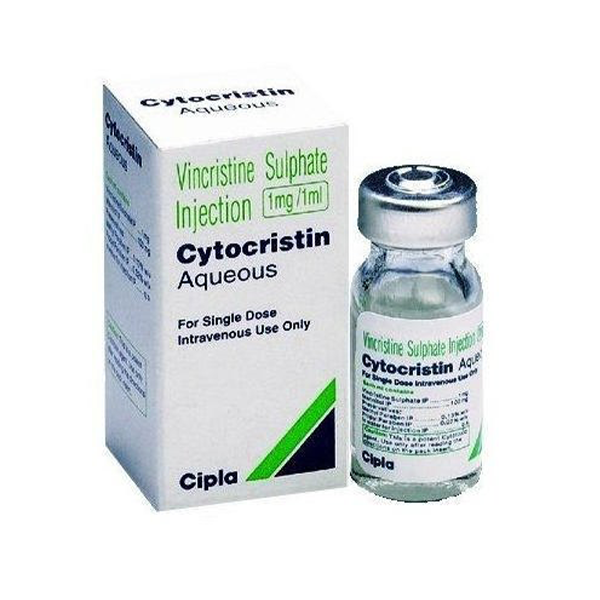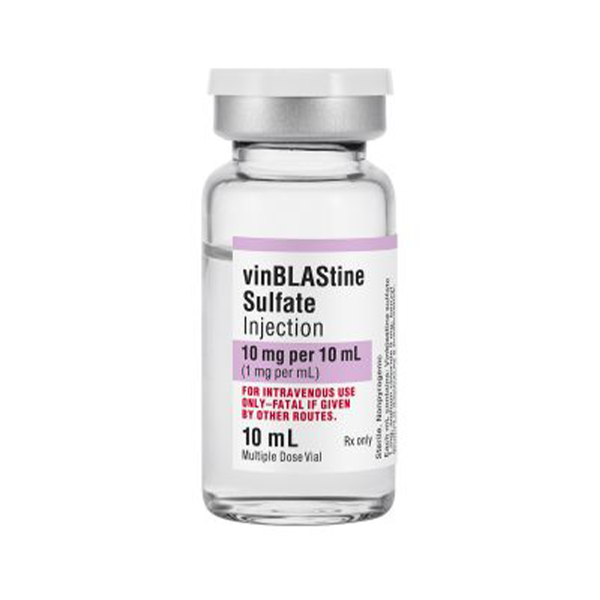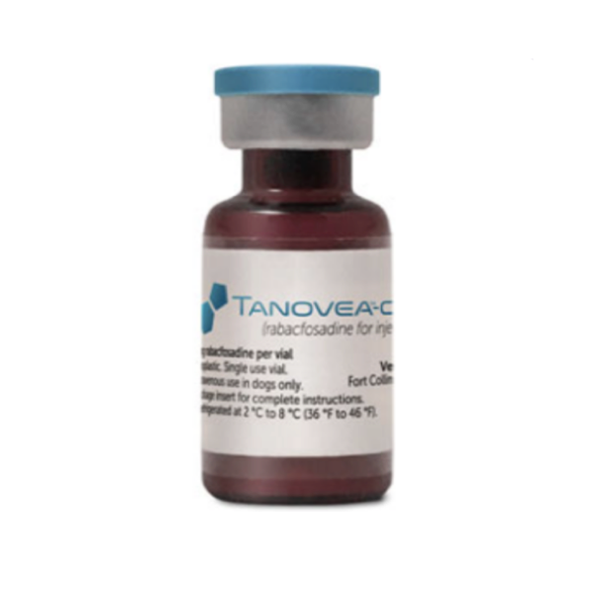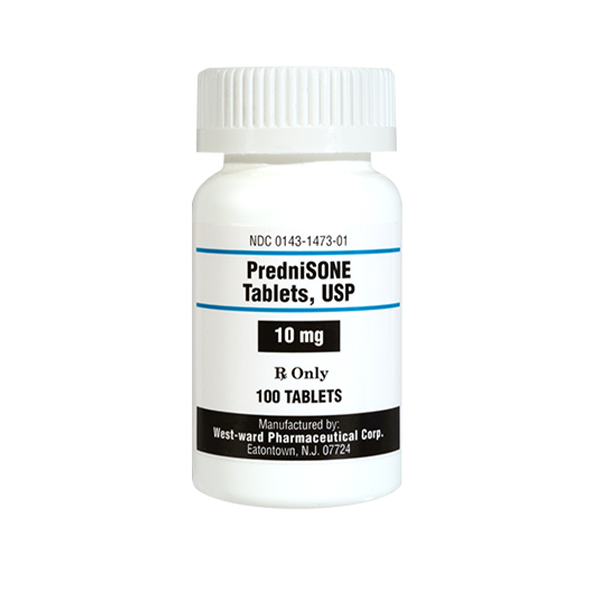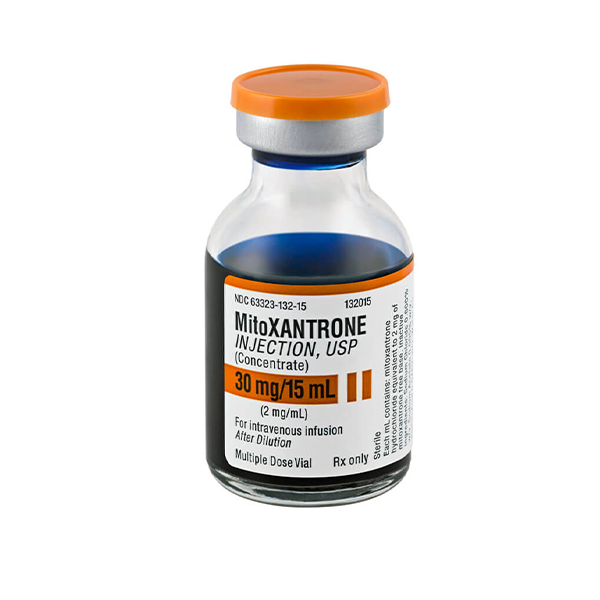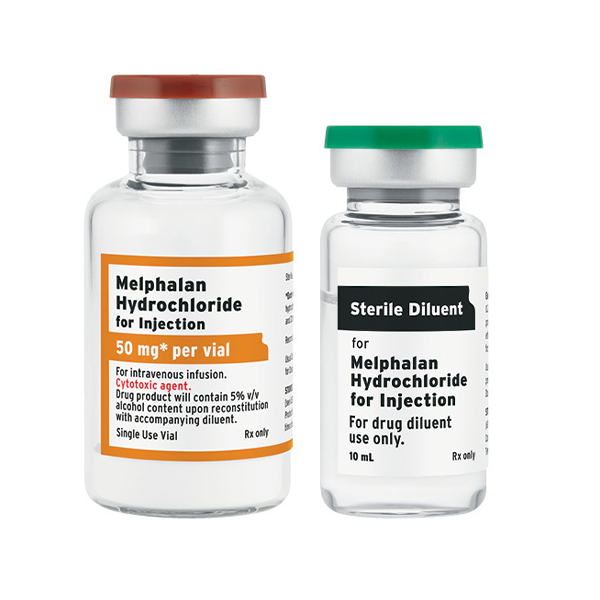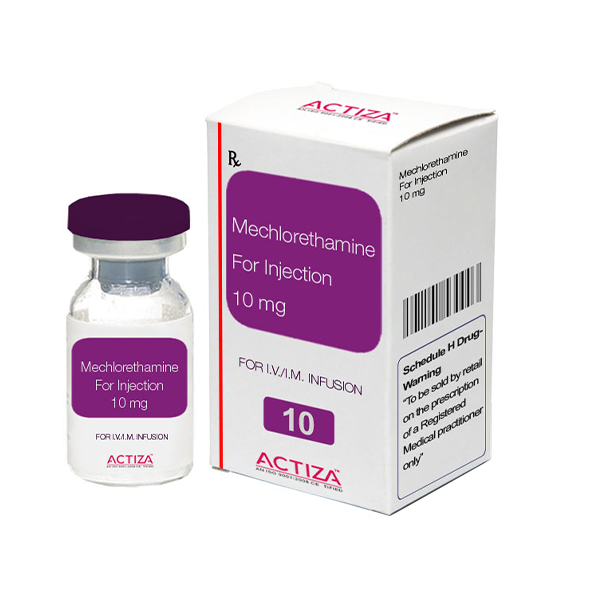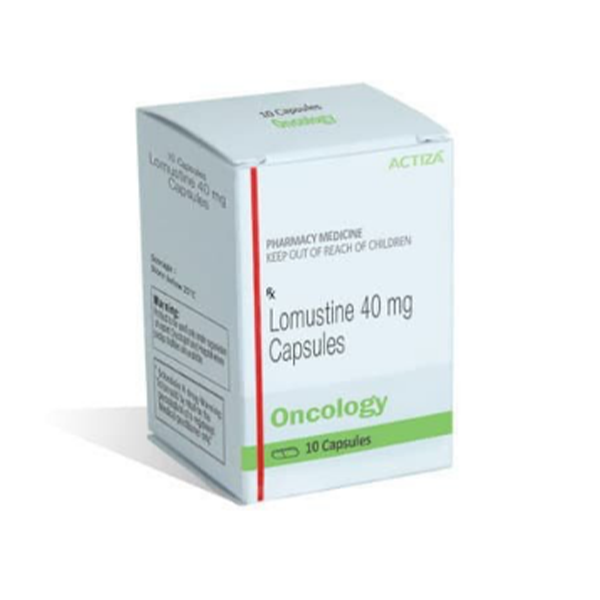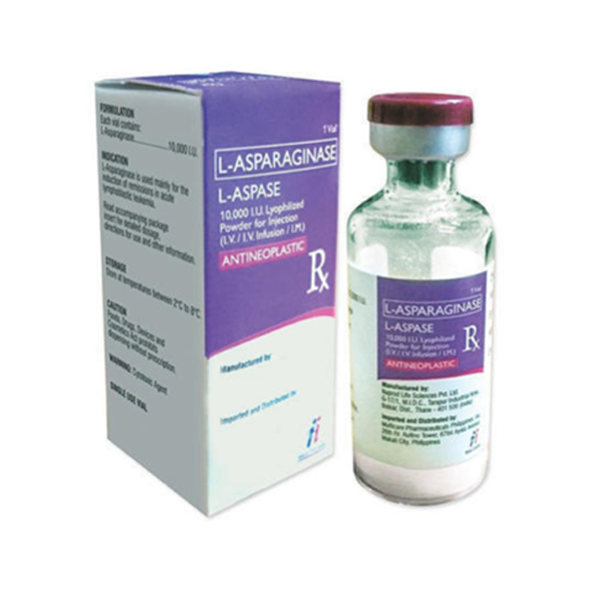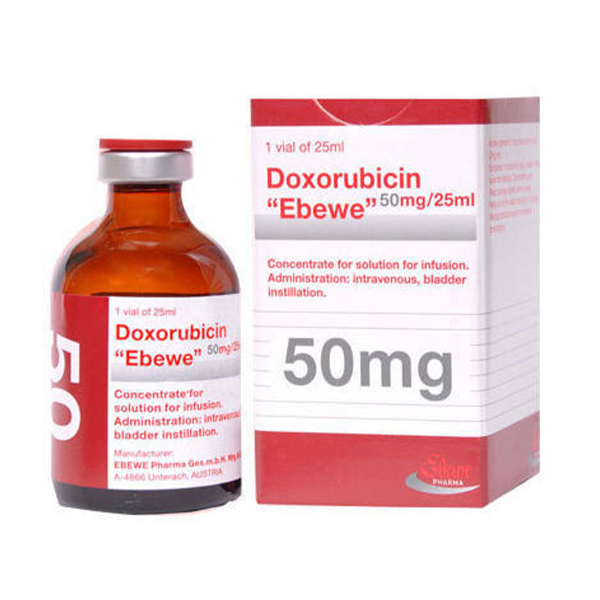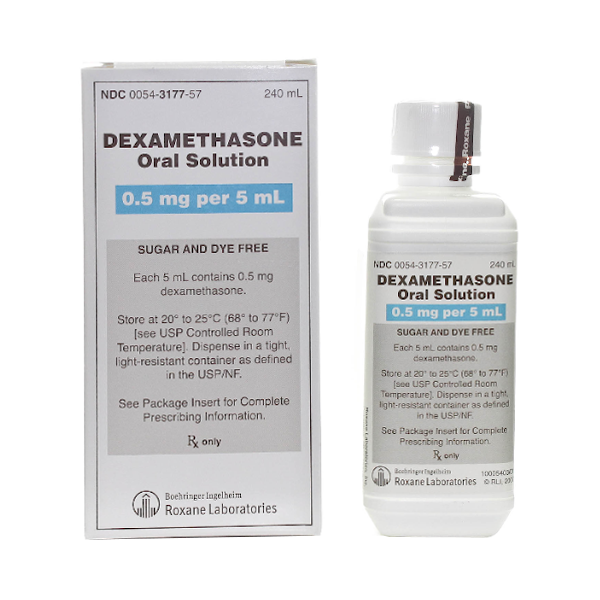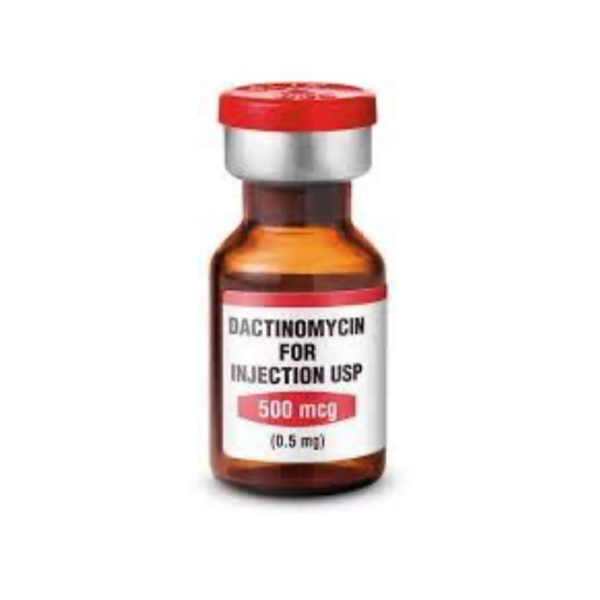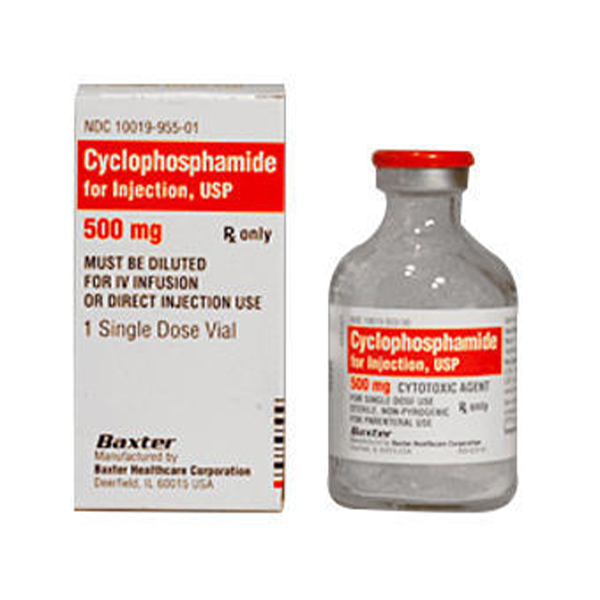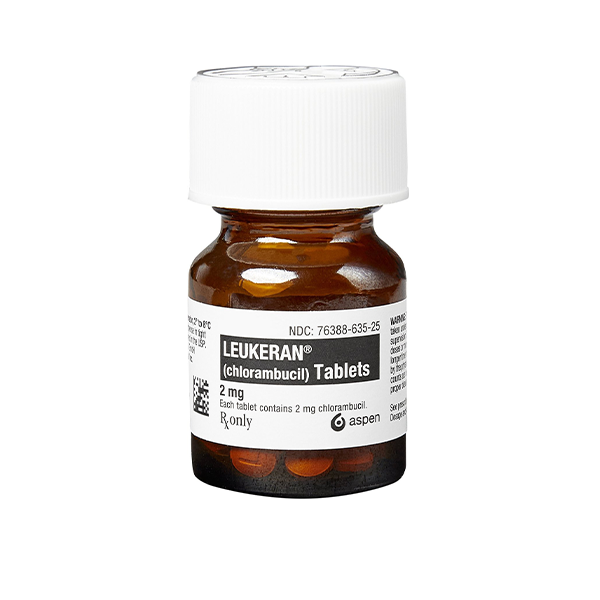Vinblastine
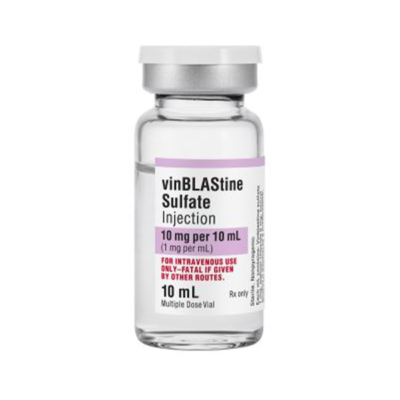
BRAND
Alkaban-AQ®, Velban®
DRUG TYPE
Anti-cancer chemotherapy drug
CONDITIONS TREATED
Lymphoma, mast cell tumors, testicular, breast and uterine cancer, immune-related platelet disorders
ADMINISTRATION
Injected into a vein as a liquid
CYCLES OF TREATMENT
Usually given once a week
LENGTH OF TREATMENT
Depends on animal’s condition and response
What is vinblastine?
Vinblastine is an anti-cancer drug which has anti-neoplastic and cytotoxic properties. It is used to treat a variety of tumors in dogs and cats.1 As is the case with many chemotherapeutics, this drug takes advantage of the very rapid rate of cancer cell division compared to that of normal cells. Vinblastine targets proteins inside cells which mediate cell division. The drug works to destroy these key proteins which then disrupts cell division, promotes cell death, and opposes cancerous growth.1 Although vinblastine is not approved for use in animals by the FDA, this drug can be prescribed legally by your veterinarian as an “extra-label” therapeutic. This latter term is used in veterinary medicine to refer to drugs that have been developed for humans but are modified for use in dogs. Be sure to review your veterinarian’s directions since they may differ from the labeling instructions accompanying the drug which are more applicable to human use.
What is vinblastine used for?
Vinblastine is used mainly to treat malignant tumors such as:1
- Lymphoma
- Mast cell tumors
- Splenic tumors
- Testicular cancer
- Breast cancer
How is vinblastine given?
Vinblastine is cytotoxic and should be handled with care. It is provided as a powder or solution (1 mg/ml) to be injected. The exact mass and volume to be used for your pet will be based on your dog’s weight, health, and the type of cancer being treated. The prescribed dose is usually given once a week and administered at a veterinary hospital. The length of treatment depends on other types of drugs your pet is taking, your pet’s response to them, and results from other treatments such as surgery or radiation.
Vinblastine is delivered into a vein by intravenous injection (IV push) or infusion (IV). There is no pill form. It is best to find a veterinary health practitioner who has experience with oncology since the intravenous delivery of the drug requires special training. Vinblastine is a vesicant that can cause extensive tissue damage and blistering if it escapes from vein(s).1 Be sure to examine your dog for signs of redness, pain or swelling at the IV site after the treatment. If these symptoms occur, alert the vet immediately.
Before using vinblastine
Discuss the following topics with your veterinarian:3
- Ask your veterinarian for a list of ingredients in the vinblastine solution.
- Tell your vet if your pet is allergic to vinblastine or any of the ingredients in the injection solution.
- Make a list of other medications, vitamins, nutritional supplements, and herbal products that you are administering to your dog.
- Be sure to let your vet know if you have noticed any recent signs of fever in your animal.
While administering vinblastine
- Vinblastine is delivered directly into vein (intravenous); this treatment should be administered by a carefully trained veterinary health care provider.2
- This is a cytotoxic drug and must not be allowed to leak out of veins (extravasation). It is a serious irritant and can cause redness, swelling, and pain around the injection site. Treatment options are available if extravasation should occur.
- Your veterinarian will monitor side effects and evaluate your pet’s response to the therapy during the treatment.
- Periodic blood work will be ordered to obtain the patient’s complete blood count (CBC) and to monitor function of other organs such as liver and kidney.
SIDE EFFECTS & OVERDOSE
Unfortunately, cancer cells are not the only cells that divide rapidly. Cells that line the hair follicles and gastrointestinal tract also divide very rapidly and are disrupted by the drug. Potential side effects may include:1
- Abdominal pain
- Vomiting
- Nausea
- Diarrhea or constipation
- Hair loss
- Jaw pain
- Irritations in the mouth, sores
Additional possible side effects
Vinblastine is generally safe when administered and prescribed by your veterinarian. However, as with all medications, there are some considerations that must be addressed. For example, it should not be used in animals with the following conditions:1
- Liver disease
- Low white blood cell counts
- Pre-existing leukemia
- Active infections
- Heart problems
In addition, vinblastine has been shown to suppress the immune system in some animals which increases susceptibility to infections. Collies with MDR1 or ABCB1 mutations should not be given this drug.1,2
In case of overdose
If your dog has been accidently overdosed, call your vet immediately or go to the nearest veterinary hospital for treatment. Overdose symptoms may include the following:3
- Confusion
- Seizures
- Constipation
- Difficulty breathing
- Unusual bleeding or bruising
If your dog is being given other drugs for their condition(s), consult with your veterinarian to determine if any of these drugs could interact with vinblastine. Some products that may interact with the drug include aspirin and other non-steroidal anti-inflammatory drugs (NSAIDs) such as ibuprofen or naproxen. Check all prescription and non-prescription medicine labels carefully since many contain pain relievers/fever reducers that may increase your pet’s risk of bleeding. Additional drugs that may interact with vinblastine include:2
- Amiodarone (antiarrhythmic for heart dysfunction)
- Carvedilol (antidysrhythmic)
- Spironolactone (diuretic)
- Verapamil (antiarrhythmic)
- Diltiazem (atrial fibrillation, antiarrhythmic)
- Erythromycin (narrow spectrum antibiotic)
- Cyclosporine (immunosuppressant used for dermatitis)
- Itraconazole or voriconazole (antifungals)
- Cisplatin (malignant tumors)
Serious or severe interactions 4
These medications may interact and cause very harmful effects:
- Select immunosuppressants
- Live vaccines
- Immunomodulators, select anti-neoplastic drugs
- Strong CYP3A4 inhibitors
- Select myelosuppressive agents
- Apply a warm compress if your pet has any pain, redness or swelling at the IV site. Notify your vet if you observe these symptoms.
- Keep bowels moving. Your veterinarian may prescribe a stool softener to help prevent constipation that may occur in response to this medicine.
- If patient experiences diarrhea that is greater than 4-6 stools per day, contact your veterinarian and increase fluid intake.
- To reduce nausea, ask your veterinarian about anti-nausea medications.
- Encourage your dog to drink at least 2 quarts of fluid every 24 hours, unless you were told to restrict fluid intake. This will decrease the risk of dehydration and constipation.
- Your dog may be at risk for infection so report fever or any other signs of infection to your veterinarian immediately.
- Wash their feet often, especially if they are prone to licking.
- To help prevent mouth sores, try to rinse your dog’s mouth with 1/2 to 1 teaspoon of baking soda or 1/2 to 1 teaspoon of salt mixed with 8 ounces of water three times a day.
- Try and feed your dog small, frequent meals rather than less frequent large meals.
- Avoid dog food with high fat content and allow your dog to have plenty of rest.


